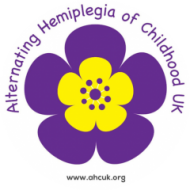Shouichirou Kusunoki Jun Kido Ken Momosaki Takaaki Sawada
Tomoko Kashiki Shirou Matsumoto Kimitoshi Nakamura
Department of Pediatrics, Graduate School of Medical Sciences, Kumamoto University, Kumamoto, Japan
Abstract
Alternating hemiplegia of childhood (AHC) (MIM 104290) is characterized by transient repeated attacks of paresis on either or both sides of the body, oculomotor and autonomic abnormalities, movement disorders, and cognitive impairment. Preventing paroxysmal attacks, such as paresis and spasm, in patients with AHC is often difficult. An 8-month-old girl presented to our institution with intractable epilepsy. She developed AHC, with left-right alternating or bilateral recurrent plegia upon waking, involuntary movements, eye movement abnormalities, and psychomotor retardation. She had a heterozygous de novo p.E815K mutation in the ATP1A3 gene. Patients with this mutation develop severe hemiplegic spells and convulsions, have a poor neuromotor developmental outcome, and are particularly difficult to treat. Flunarizine treatment has a limited therapeutic effect in such patients; however, it was definitely effective for bulbar palsy in the present case. The present case further highlights the need for the development of other new treatments, such as a ketogenic diet.
Copy link: https://www.karger.com/Article/Pdf/509287
